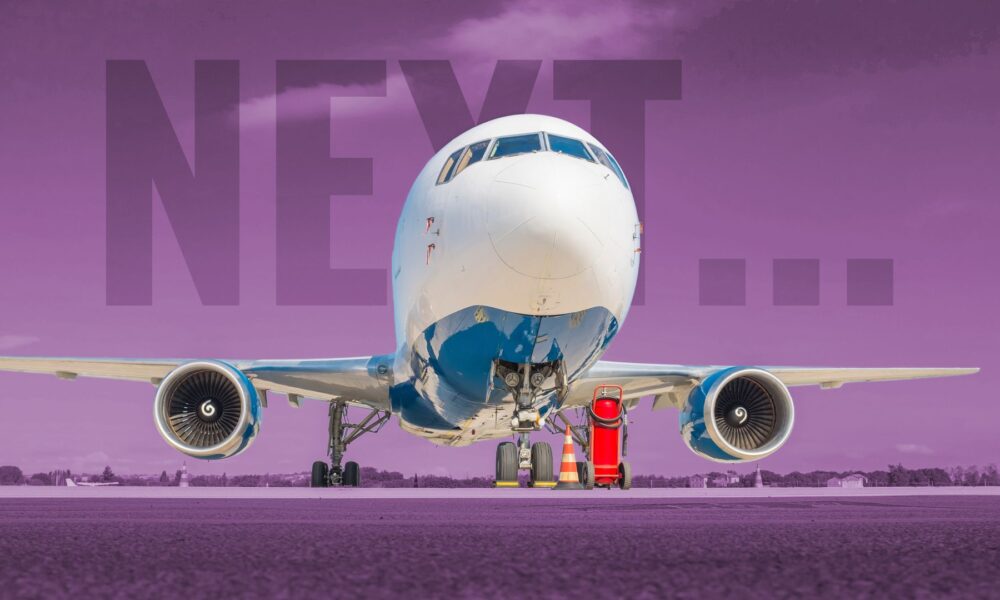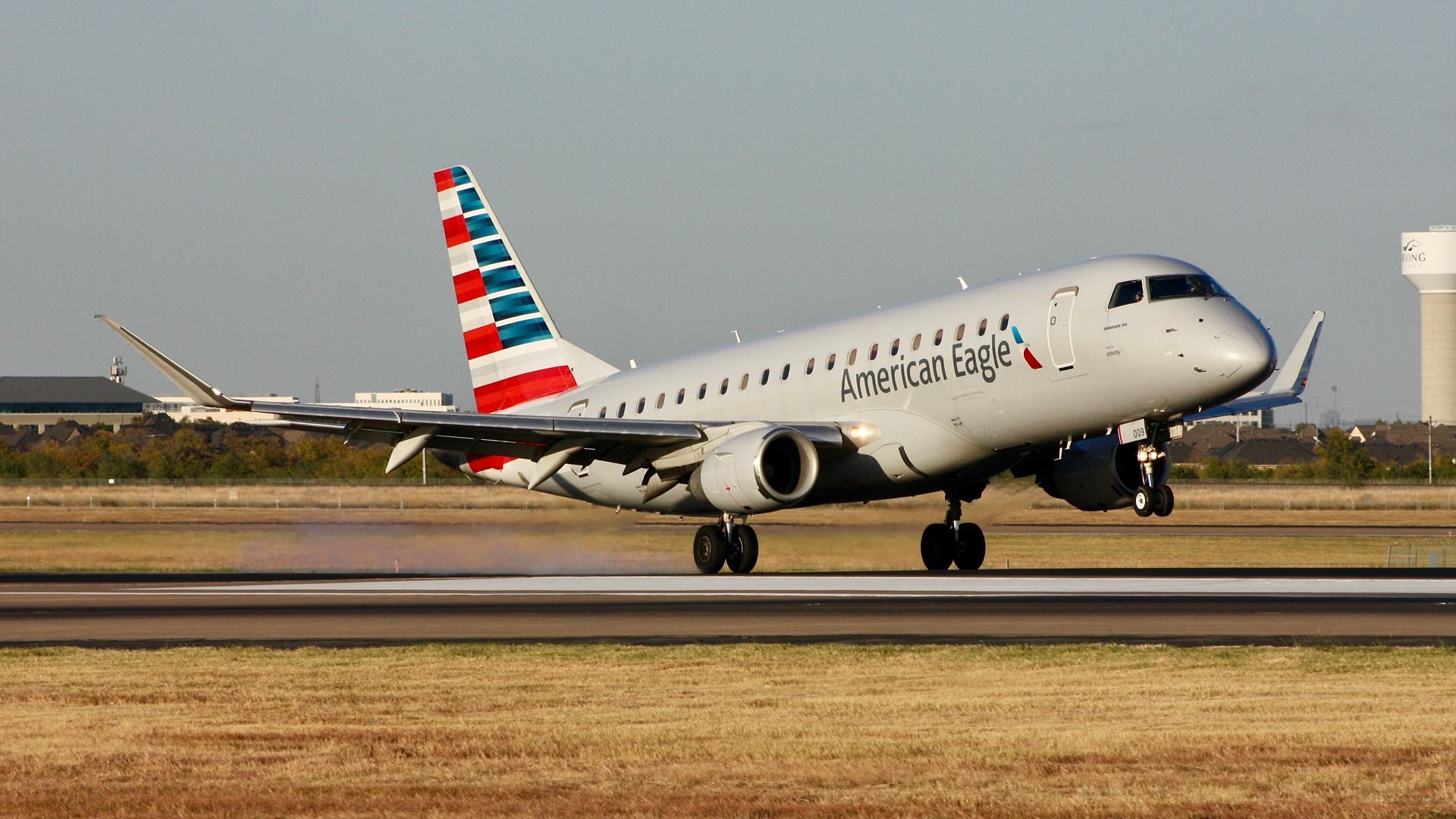The iconic Boeing 767, which first took to the skies in September 1982, is approaching a pivotal moment in its operational lifecycle. With over 1,300 units delivered, the aircraft has served as a reliable workhorse for airlines across the globe. However, evolving emissions regulations and rising maintenance costs are prompting airlines to consider replacements for this long-serving model. The Airbus A330neo is emerging as a leading candidate to take on this role.
Recent developments in aviation regulations have significant implications for the industry. The International Civil Aviation Organization (ICAO) has announced new standards that will take effect in 2028, requiring all certified aircraft to meet stringent CO2 emissions limits. As it stands, many existing aircraft do not meet these upcoming standards. The Airbus A330neo has recently gained certification from the European Union Aviation Safety Agency (EASA) as the first aircraft to comply with these future regulations, positioning it as a strong successor to the Boeing 767.
A330neo: The Future of Fuel Efficiency
The A330neo, which includes the A330-900 and A330-800 variants, features several innovations that enhance its fuel efficiency. According to Airbus, the A330neo offers a 14% improvement in fuel economy per seat compared to its predecessor, the A330ceo. The aircraft’s design incorporates advanced technologies, including the Rolls-Royce Trent 7000 engines, which boast a higher bypass ratio than earlier models. This leads to a fuel consumption rate of just 2.1 liters per 100 kilometers per passenger, making it a standout in the industry.
The A330-900 variant, for instance, has a range of 7,200 nautical miles and can accommodate up to 440 passengers in a typical configuration. Its specifications include a maximum takeoff weight of 553,400 pounds and a fuel capacity of 36,750 US gallons. These characteristics, alongside aerodynamic enhancements like improved wings and ‘sharklet’ winglets, contribute to its operational efficiency.
Simone Rauer, Airbus’ Head of Aviation Environmental Roadmap, stated, “Airbus is proud to be the first commercial aircraft manufacturer to receive EASA certification for ICAO’s new CO2 emissions requirement.” This certification not only underscores the A330neo’s compliance with future regulations but also signals its readiness for airlines seeking to align with environmental standards.
Comparative Analysis with Boeing 787
While the A330neo has positioned itself as a key player in the market, the Boeing 787 Dreamliner also remains a significant contender. Introduced in October 2011, the 787 is built on a modern design framework that utilizes composite materials, enhancing its fuel efficiency. The 787-9 variant, in particular, boasts an impressive fuel consumption rate of 2.31 liters per 100 kilometers per passenger, slightly outperforming both the A330neo and the A350-900.
Despite the A330neo’s advantages, airlines may still favor the 787 due to its established technology and the significant reduction in fuel burn it offers. The 787’s design allows for lighter construction, which can be beneficial for longer-haul flights. This has led to discussions among aviation communities about the suitability of each aircraft for specific routes.
Airlines like Condor have already begun to make decisions regarding their fleet compositions. Condor recently announced an order for 16 A330neos to replace its aging fleet of Boeing 767s. The A330neo’s combination of fuel efficiency, modern cabin features, and compliance with future regulations has made it an attractive option for the airline.
Condor’s configuration of the A330neo includes 315 seats, distributed among Economy, Premium Economy, and Business classes. The airline has emphasized the aircraft’s quiet operation and reduced noise pollution at airports, which is increasingly important for both operational efficiency and customer comfort.
As the aviation industry navigates the transition to more sustainable practices, the competition between the A330neo and the Boeing 787 will likely intensify. Airlines must weigh factors such as fuel efficiency, operational costs, and regulatory compliance as they consider their future fleets. The eventual replacement of the Boeing 767 signifies not just a shift in aircraft models but a broader movement towards a greener and more efficient aviation landscape.







